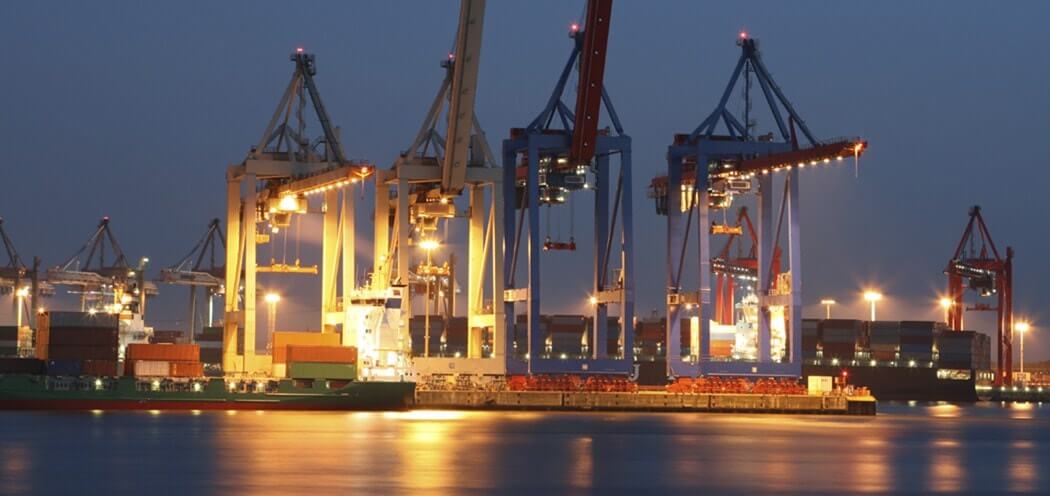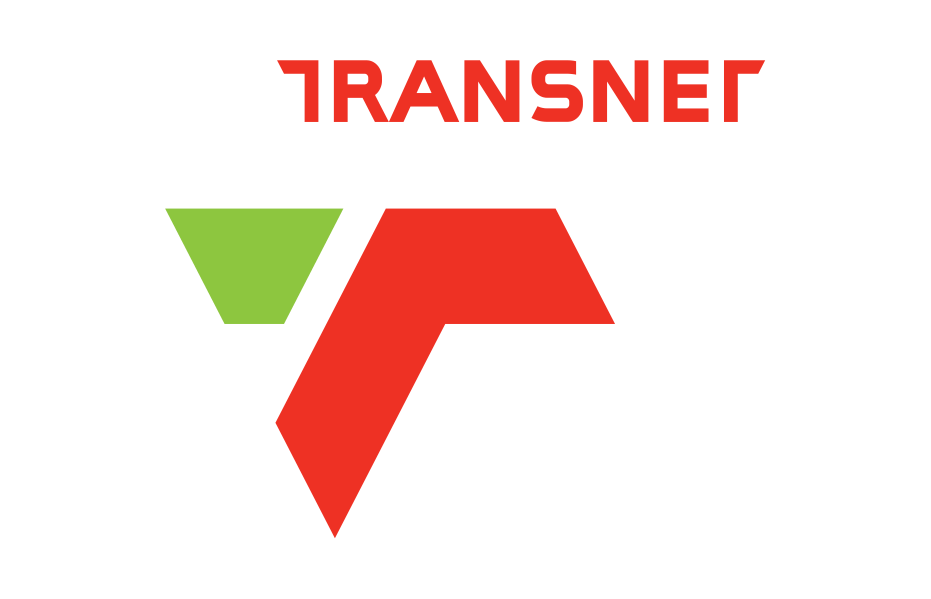The ongoing expansion of Transnet’s bulk iron ore terminal at Saldanha Bay has meant that the routing of vast quantities of material from the rail receiving stations to the shipping points had become a logistical nightmare that was expanding exponentially – and prone to expensive errors. It was time for a change.
Background
Iron ore is delivered to the port along a dedicated ore railway managed by Transnet Freight Rail (TFR) from the mines near Sishen in the Northern Cape. Several world records have been set at the Sishen mines, including the largest single blasting operation, where 7.2 million tons of rocks were broken during a single blast in April 1981. The ore is usually transported to Saldanha by trains 2.3 km long, comprising 214 wagons, each carrying 100 tons of ore, (i.e., a total of 21 400 tons per train). A train with 660 wagons recently set a new world record for the longest train and heaviest load from Sishen to Saldanha, with a total load of 68 640 tons of ore and a length of over 7.5 km.
From the rail delivery points, the iron ore is transported by conveyor to stockpiles where it is handled by stacker-reclaimers into fine, coarse and lumpy ore piles, from which it will then be transported onto ships for export on 2.5km-long conveyors.
The existing system consisted of pages upon pages of hard-wired routes which was totally user-unfriendly, unmanageable and a nightmare to update in view of the continuous expansion of the terminal. For example, the introduction of each new conveyor would result in the possibility of another 40 routes (yet another page of buttons).
Although selecting the appropriate route was an exercise in patience, it could prove useless because there was no guarantee that the selected sequence of conveyors was available for any number of reasons ,including maintenance, being in manual mode or part of another selected route.
Another consideration is that of the stakeholders. The iron ore is actually the property of various mining houses such as Kumba Iron Ore, Assmang, ArcelorMittal and Sedibeng, all of whom need to know about the status of shipments and their location (e.g., stockpiled, loaded onto ships, etc.).


